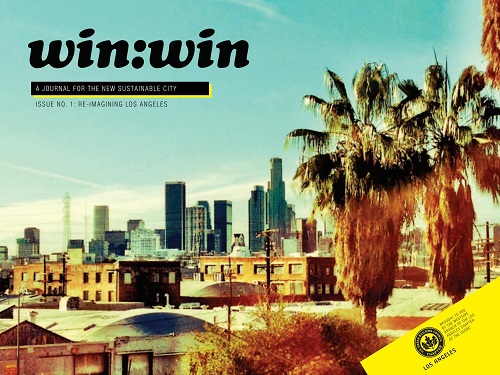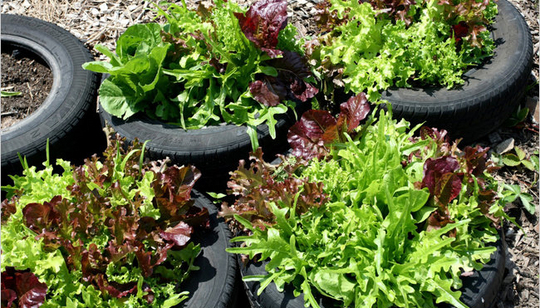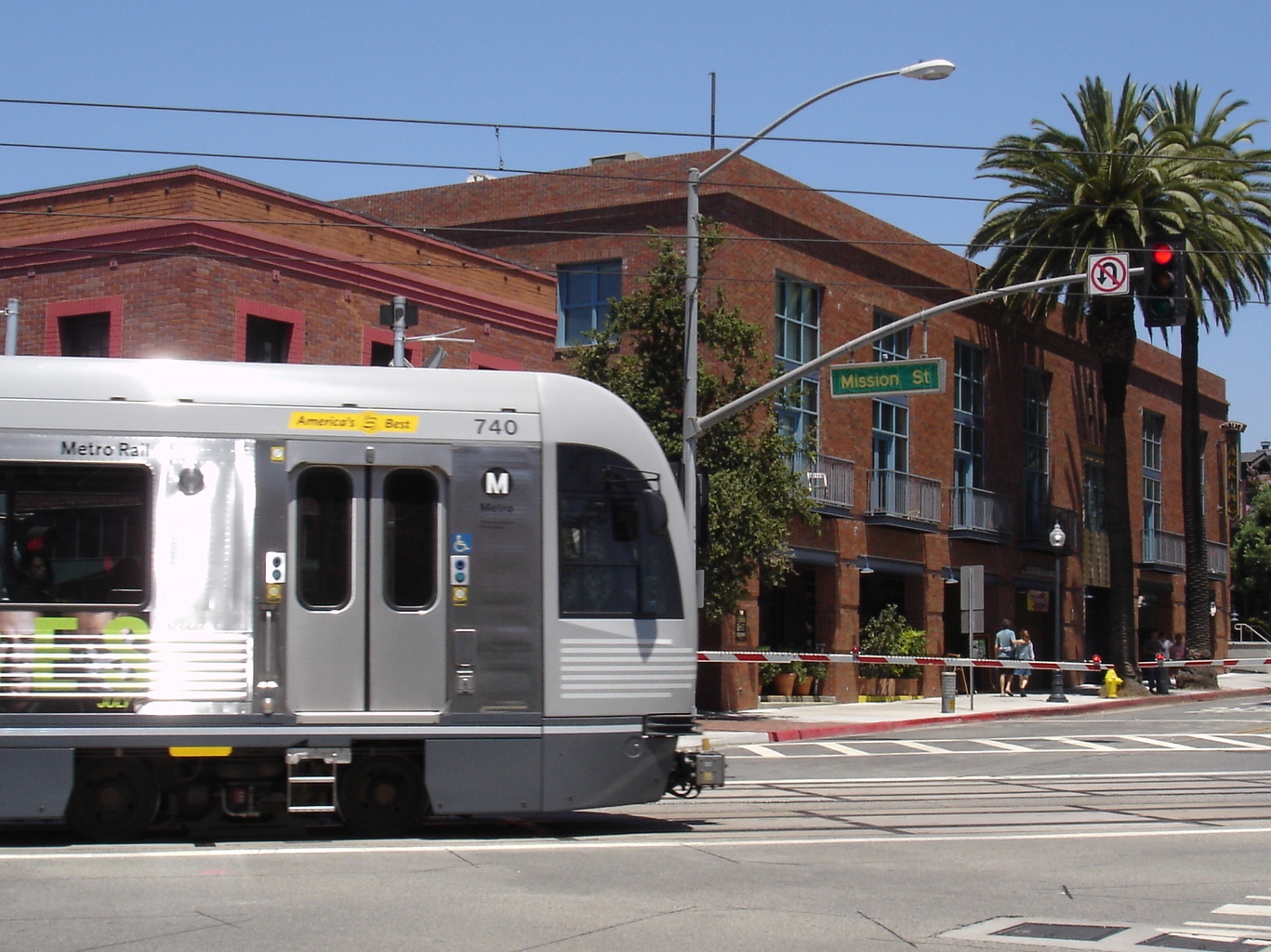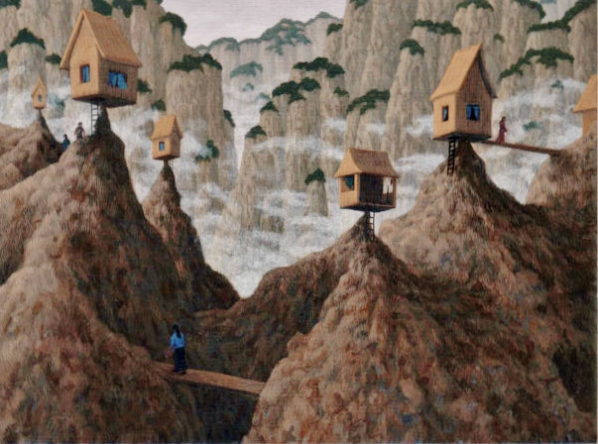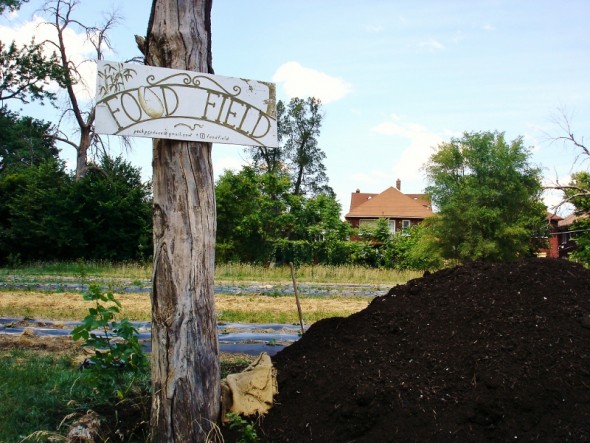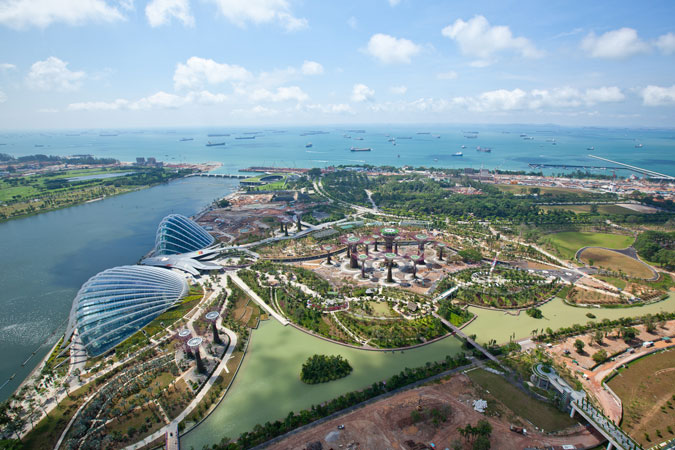WIN:WIN “The Future, a Sustainable Los Angeles” – How does Los Angeles – its people, buildings and infrastructure establish a restorative, long-term relationship with the environment that hosts it and the financial systems that supports it? Read Jack Eidt’s Essay on Poly-Human Los Angeles
Tag: Urban Planning
Urban Ecology: Promoting Life in the Concrete Jungle
In the growing field of urban ecology, scientists study cities as if they were ecosystems. With cities launching efforts to slash carbon emissions, reduce water use and improve habitats, scientists are beginning to evaluate how such policies affect the overall health of the urban environment.
A Los Angeles Rail~Volution: A City in Sustainable Transition
The Rail~Volution Conference rolled into Los Angeles to illustrate how transit projects energize neighborhoods, meeting a significant demand for multi-density housing walkable to restaurants, offices, and shops. They can transform the landscape and mindset, in this case, of auto-addicted Southern California. One stop at a time.
Electric Streetcars: Back to the Urban Future
The movement toward revitalization of downtown areas in the United States with streetcars brings 19th century urbanism together with 21st century sustainability, despite the usual fossil fueled detractors.
Chinese Mega-Cities Contrasted with Calvino’s ‘Invisible Cities”
Rapid industrialization in China has caused a massive migration to crowded, faceless and polluted urban mega-cities of 10 million residents or more. They should consider Italo Calvino’s utopian “Invisible Cities” to rethink the role of imagination in urban planning.
Detroit Works: Urban Farming and Reforestation as Neighborhood Preservation
Detroit Future City, the long-term planning vision for the long-rusting Motor City, embraces the urban farming, permaculture, and ecological urbanism movements seen in cities across the United States, to chart the way to more a prosperous and sustainable future.
Singapore: Gardens By The Bay Sprout Supertrees and Horticultural Conservatories
Gigantic steel, concrete and wire trees rise from manicured serpentine gardens, human-blessed symmetry reaching skyward. At the bay’s edge, two sustainably-designed domes invite visitors to explore world biomes and horticultural paradises. A public amusement park, ecological urbanism designed to invite the populace to rediscover the earth, a visit to Singapore’s Gardens by the Bay evokes a green wonderland, human-designed, artistically crafted, growing “wild” and sort-of-natural.

